Introduction: A Sound That Changed the World
Set the stage: The birth of hip-hop in the 1970s Bronx, NYC—block parties, DJ Kool Herc, Grandmaster Flash, and the birth of turntablism. The social and political context: Hip-hop as a response to systemic neglect, racial inequality, and economic hardship. Why hip-hop was different: DIY culture, self-expression, and community-driven evolution.
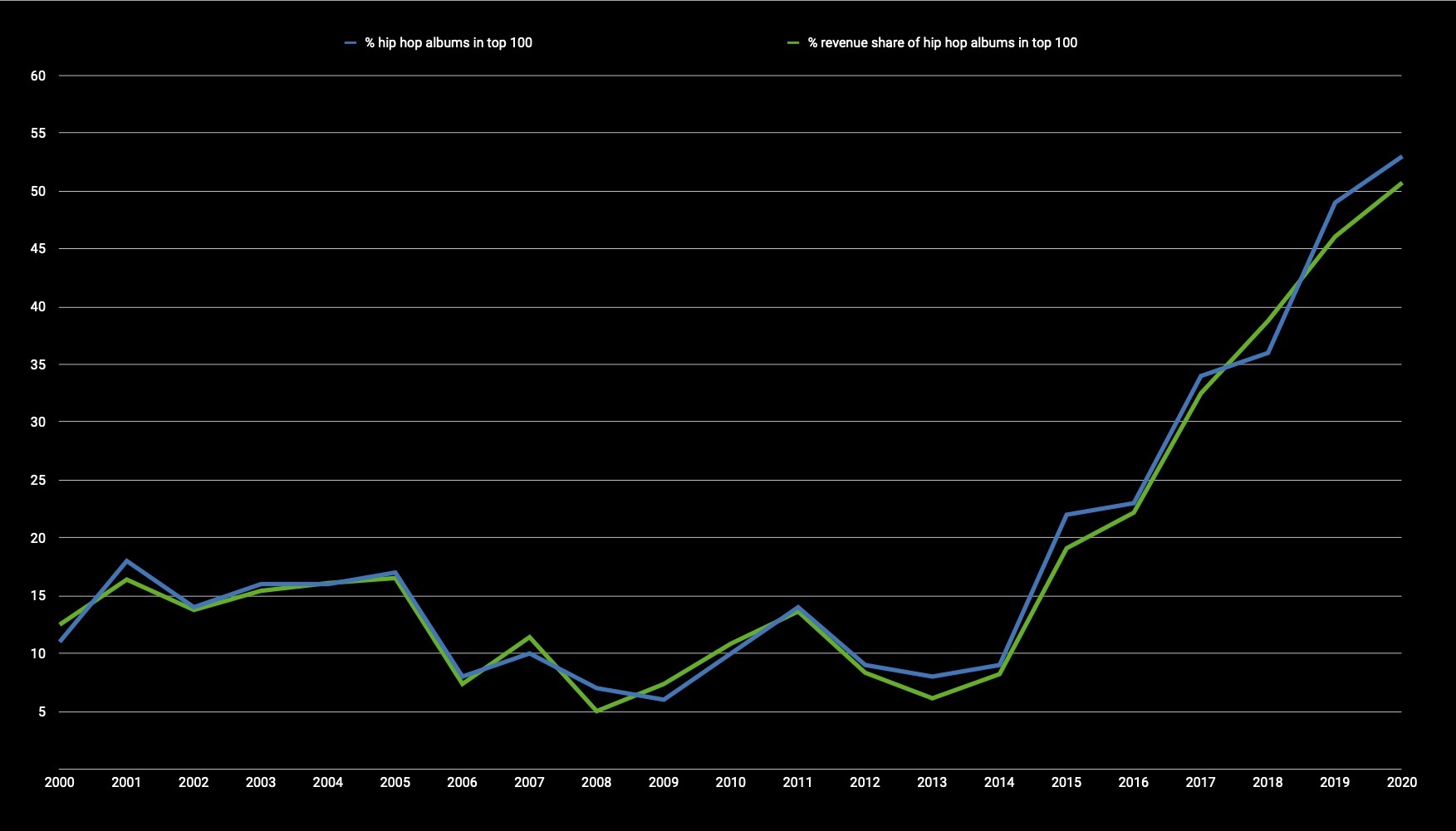
The Golden Age and Globalization (1980s-2000s)
The explosion of rap in the mainstream: Run-D.M.C., Public Enemy, N.W.A, and Tupac vs. Biggie shaping hip-hop’s early ethos. Hip-hop and technology: The impact of MTV, mixtapes, and the internet in spreading the culture. Global diffusion:
France: Rise of conscious rap (IAM, MC Solaar).
Germany: Aggressive political rap (Advanced Chemistry, Samy Deluxe).
Japan: Fusion with traditional sounds (King Giddra, Teriyaki Boyz).
South Korea: K-hip-hop emerges as an industry (Epik High, Jay Park).

Hip-Hop Becomes the World’s Dominant Music (2000s-Present)
Streaming era: How platforms like YouTube, SoundCloud, and TikTok fueled global hip-hop. Rise of regional sounds: Drill in the UK, Afro-trap in Africa, Latin trap in reggaeton-heavy regions. The numbers tell the story: Hip-hop surpassing rock and pop as the dominant genre in streaming numbers.
Case studies of regional movements:
UK Drill (2010s): How Chicago drill influenced London, and how UK drill now influences NYC.
Latin Trap (2010s): Bad Bunny, Anuel AA, and how reggaeton infused with hip-hop beats changed Latin music.
Afrobeats & Hip-Hop Fusion (2020s): How Burna Boy, Wizkid, and Nigerian artists shaped a new sound.
Hip-Hop in India: From Underground to Mainstream
Early influences: The 1990s Bollywood-rap fusions (Baba Sehgal, Style Bhai) and underground breakdancing crews. The rise of gully rap: How artists like Divine, Naezy, and others brought street hip-hop to the mainstream. Bollywood vs. Underground: The tension between commercialized rap (Badshah, Yo Yo Honey Singh) and authentic hip-hop (Seedhe Maut, Prabh Deep). Hip-hop’s role in socio-political movements: Dalit rap, protest music, and regional languages in hip-hop.
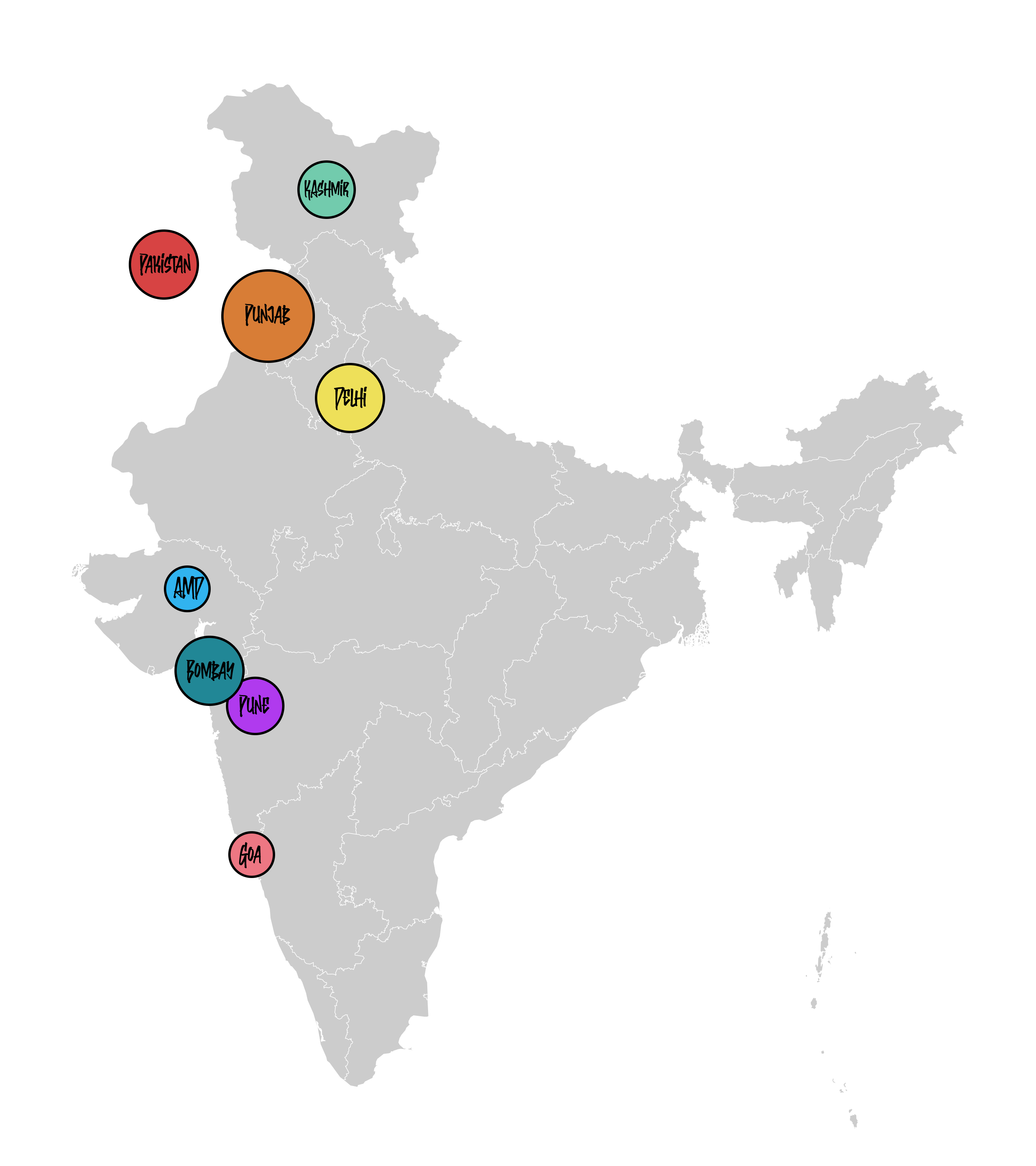 Desi Hiphop and its different scenes
Desi Hiphop and its different scenes
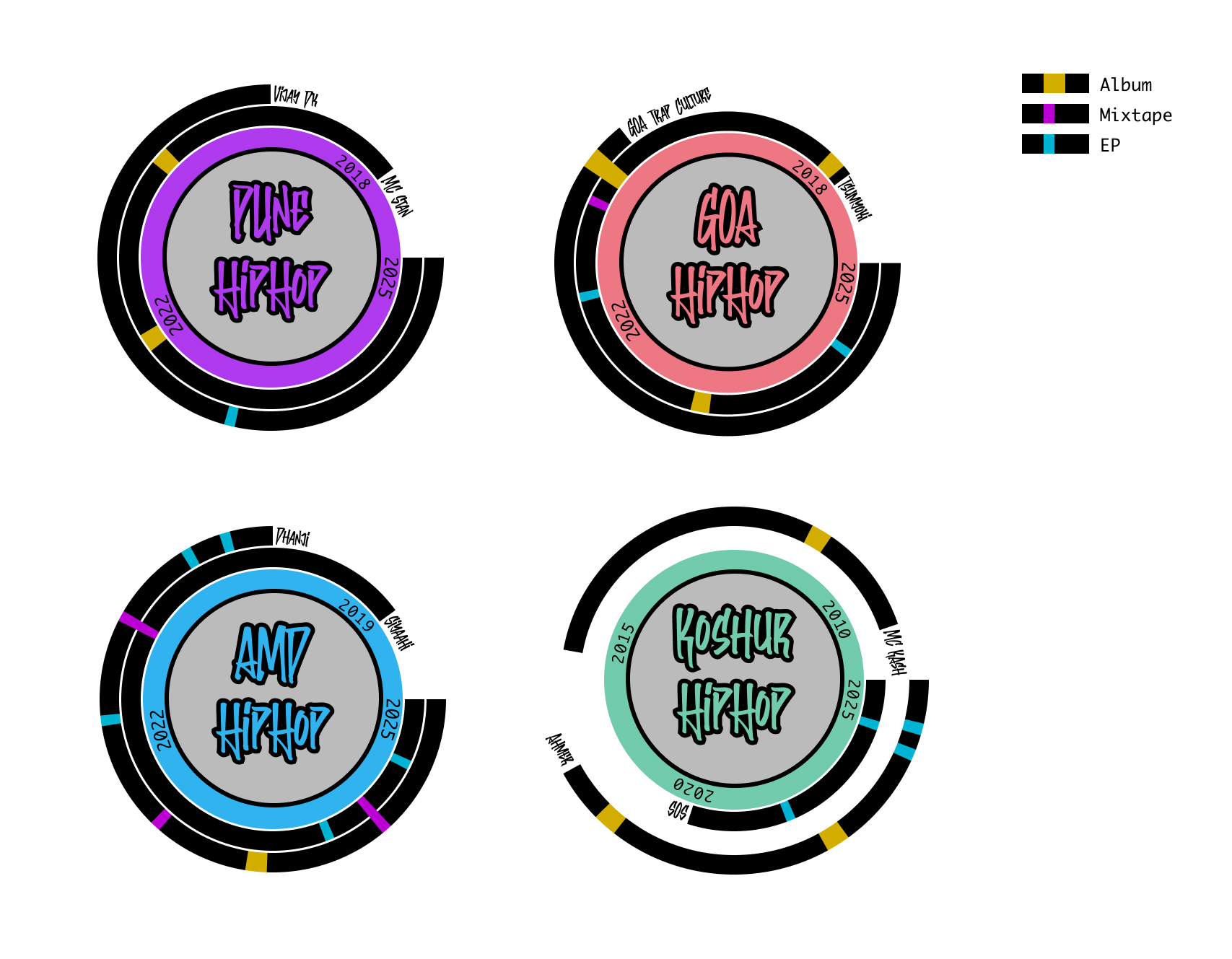
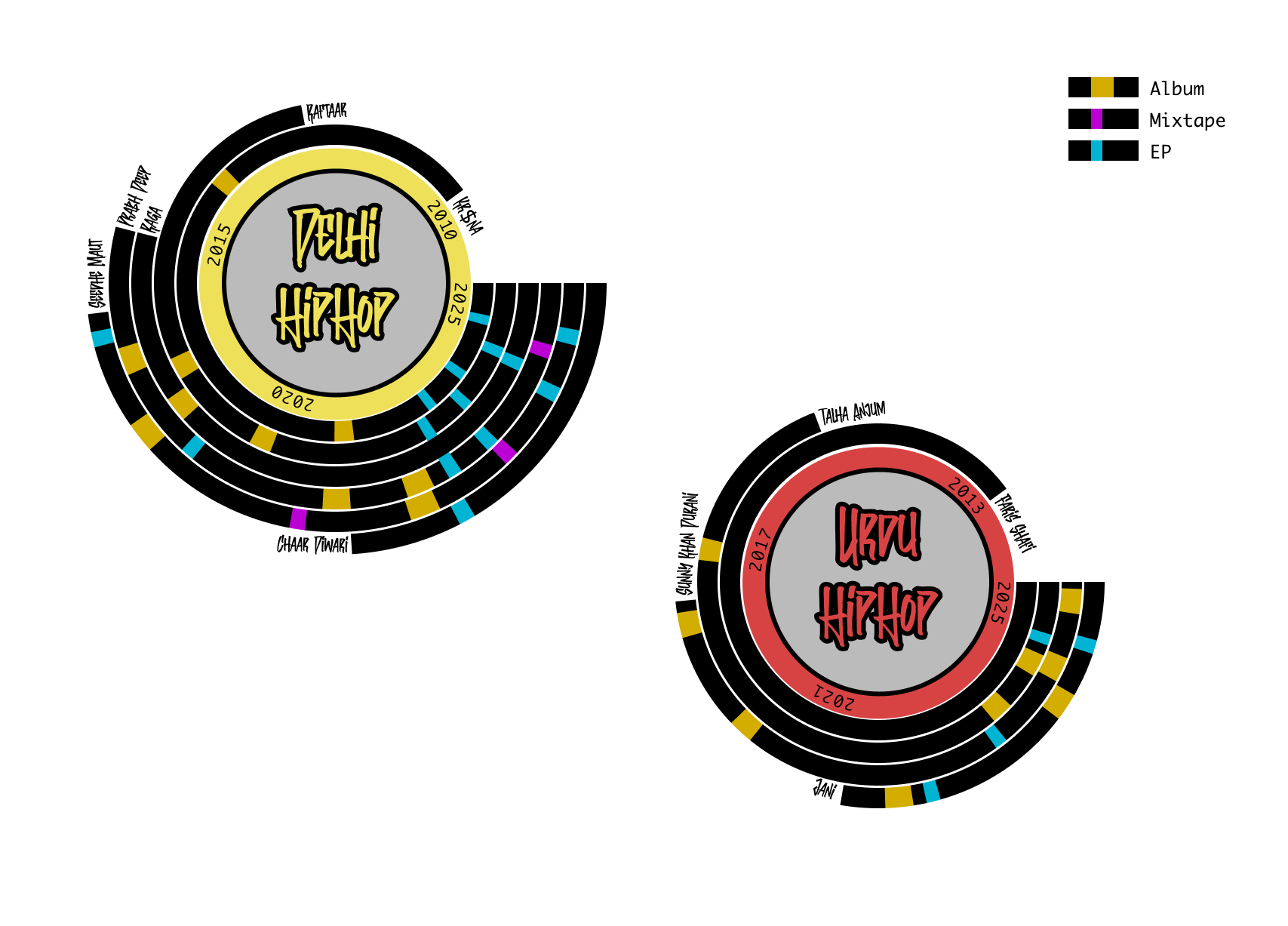
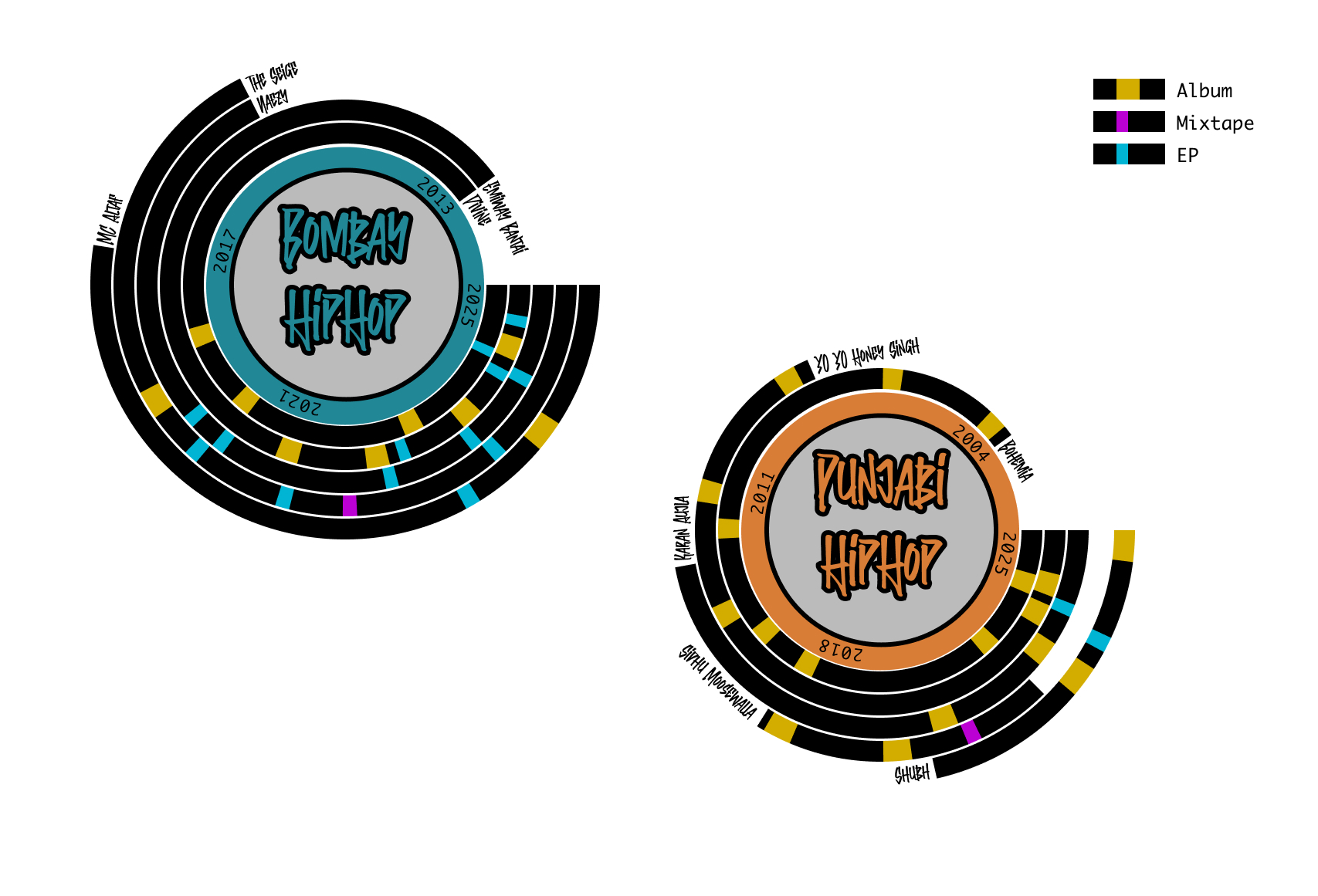
Conclusion: More Than Just Music, A Global Movement
Hip-hop is no longer just an American export—it’s a global voice of the streets. Its ability to adapt and localize is what keeps it alive. “From the Bronx to the world”—the story continues.
